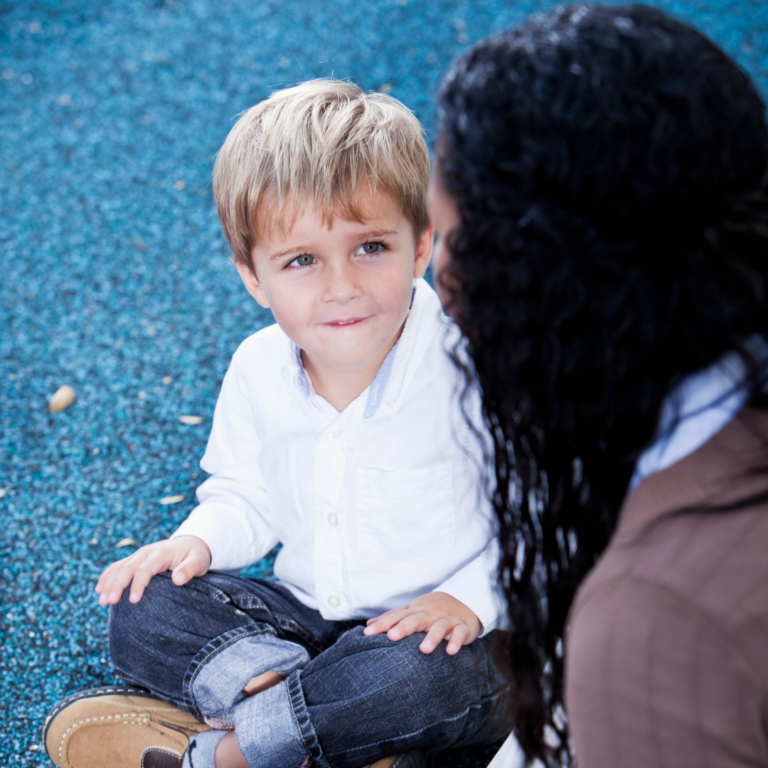Working hours
Mon - Fri: 8am to 5pm
Mon - Fri: 8am to 5pm
Share

Supporting children with SEND is about so much more than ticking boxes and writing plans. The real impact happens in those everyday moments. It’s in the way we respond when a child is overwhelmed, how we adapt an activity on the spot, or the small tweaks we make to help a child feel included.

We put a lot of time into planning—EHCPs, individual strategies, intervention sessions, and while these frameworks are important, they should never replace our professional judgement. Children aren’t static; their needs shift from day to day, sometimes moment to moment.
A plan is only as effective as the way we bring it to life. That means staying flexible—reading a child’s cues, noticing when something isn’t working, and having the confidence to adapt. If a child is disengaged, can we offer a different way in? If they’re becoming overwhelmed, can we adjust the environment before frustration builds?

It’s easy to rely on the SENDCo as the “expert,” but inclusive practice works best when it’s embedded across the whole team. Everyone in the setting plays a role in making sure children with SEND feel supported—not just during interventions, but in those everyday rituals and routines like snack time, storytime, or outdoor play.
The best and most meaningful support happens when we share insights, problem-solve together, and keep learning. Ongoing professional development (CPD) helps us grow in confidence, spot barriers early, and make adjustments that prevent challenges before they escalate.

A great curriculum isn’t just about what we want children to learn but how we deliver the learning experiences. To support children with SEND, our offer should be flexible, engaging, and tailored to individual needs.
This might look like:
When we focus on accessibility, we help every child build confidence, curiosity, and a love of learning.

We all have sensory preferences—some of us hate loud noises, struggle to focus in bright lights, or feel distracted when we’re uncomfortable. Reflect on a time when you felt cold or hungry and were required to concentrate in a staff meeting or at an event. What did you do? For children with sensory needs, these experiences can be totally overwhelming and they may struggle to communicate that.
Small adjustments can make a big difference:
A little awareness goes a long way in creating a calm, inclusive space where children feel safe and ready to learn.

The SEND Code of Practice highlights four key areas of need:
The assess, plan, do, review cycle isn’t just a checklist—it’s a mindset. It’s about staying reflective and responsive, noticing what works (and what doesn’t), and adjusting accordingly. It is at the heart of developing truly inclusive and nurturing practice.

It’s often easy to feel like we’re just managing children’s needs until external support arrives, but the truth is, we make the biggest difference in the here and now.
Every interaction shapes a child’s emotional wellbeing. Every small adjustment to an activity, routine, or environment makes inclusion easier. Every observation helps us understand a child’s strengths and needs.
We don’t have to have all the answers—we just need to stay curious, open, and willing to adapt.

At the heart of it all are the relationships we build with children and their families. Trust, understanding, and truly knowing each child make the biggest impact on their development.
When we commit to ongoing learning, shift our mindset to the graduated response model and stay flexible in our approach, we create settings where every child feels valued, understood, and able to thrive. And that’s what really matters.
Here at MBK, we offer high-quality training courses to empower and support your team to foster truly inclusive environments and practice.
Our Supporting SEND Children: Empowering Practitioners to Deliver Inclusive Education course is designed to ensure that all Early Years practitioners have the knowledge, confidence, and practical skills to nurture and support children with SEND in their settings.
Our SENCO Survival Guide course examines the role and responsibilities of the Early Years SENCO as set out in the SEND Code of Practice in 2015.
If you are looking for specific training around language and communication development, our Supporting Communication and Language In the EYFS training course could be just what you are looking for and is currently being offered at a discounted price.
With the ever-changing regulations and guidance, join our monthly newsletter to stay current and learn more about running a better childcare setting.
Simply enter your details below to join our mailing list.
"*" indicates required fields
By completing this form you are agreeing to our privacy policy You can unsubscribe at any time

Millennium House, High Street,
Studley, Warwickshire, B80 7HJ.